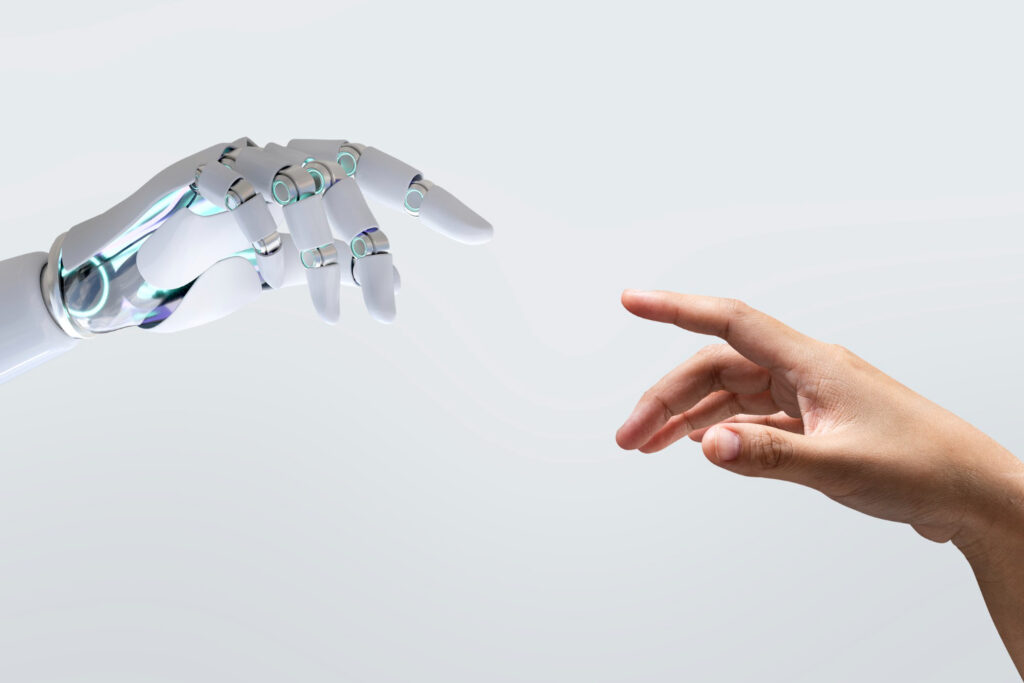Introduction
Artificial Intelligence (AI) has moved from being a futuristic concept to an everyday reality, and nowhere is this more evident than in education. As the 2025 academic year begins across the United States and the United Kingdom, universities are leaning heavily into AI-driven innovations. From personalized learning assistants to automated grading systems, institutions are reshaping the way students learn and how professors teach. But what exactly is happening this fall, and how are students reacting to the AI wave in education?
AI-Powered Learning Assistants
One of the most significant changes in US and UK universities this fall is the integration of AI-powered learning assistants. These digital companions act as tutors available 24/7, providing students with answers, explanations, and tailored study plans.
- In the US, leading universities such as Stanford and MIT are experimenting with AI chat-based systems that help students revise complex topics in science and mathematics.
- In the UK, institutions like Oxford and Imperial College are deploying AI assistants for writing feedback, offering real-time suggestions on grammar, clarity, and academic citations.
This means students no longer have to wait for office hours or depend solely on professors; AI has become a constant academic partner.
Automated Grading and Feedback

Grading has traditionally been one of the most time-consuming aspects of teaching. In 2025, AI tools are stepping in to lighten this burden.
- Essay evaluations: AI can now scan essays for structure, argument clarity, and originality while still leaving space for professors to provide the human touch.
- STEM subjects: In courses like physics or computer science, AI instantly checks problem sets, giving immediate feedback to students.
This approach not only speeds up the grading process but also helps students identify mistakes faster, improving their learning curve.
Personalized Learning Pathways
Every student learns differently, and universities are recognizing this more than ever. AI-driven platforms analyze a student’s strengths, weaknesses, and progress, then create personalized study roadmaps.
For example:
- A student struggling with statistics in New York might receive extra practice problems, interactive videos, and one-on-one AI-led tutoring.
- A student excelling in literature in London could be pushed towards advanced materials and creative writing opportunities.
This adaptive model ensures no student is left behind while high performers are continuously challenged.
Virtual Classrooms and Hybrid Models
AI is also transforming how classes are delivered. Universities in both the US and UK are now heavily invested in AI-enabled virtual classrooms, where students can engage in interactive simulations, role-playing exercises, and collaborative projects regardless of physical location.
- US universities are leading in VR + AI integration, allowing medical students to practice surgeries virtually with AI guidance.
- UK universities are focusing on AI-driven hybrid classrooms, where in-person and online students can interact seamlessly.
This flexibility has become a major draw for international students, who can now access top-tier education without physically relocating.
Concerns and Challenges

While the opportunities are immense, the rise of AI in education has sparked debates:
- Data Privacy – Students’ personal learning data is constantly tracked and analyzed, raising concerns about misuse.
- Over-Reliance on AI – Some critics argue that students may become dependent on AI instead of building critical thinking skills.
- Job Security for Educators – Professors and teaching assistants worry about being replaced by machines.
Universities, however, emphasize that AI is a complement, not a replacement—a tool to enhance learning rather than substitute educators.
Student Reactions
Interestingly, students’ reactions vary widely:
- Many US students appreciate the speed and convenience of AI, especially for assignments and tutoring.
- UK students, on the other hand, are more cautious, with some expressing concerns about AI’s impact on creativity and independent thought.
Nevertheless, the majority admit that AI is making education more accessible and engaging.
The Future of AI in Education
Looking beyond fall 2025, experts predict even greater integration of AI into higher education:
- AI-powered mental health tools to support stressed students.
- Blockchain + AI systems for secure credential verification.
- Career guidance AI, helping students align coursework with industry demand.
US and UK universities are likely to continue leading the global charge in this sector, setting benchmarks for other countries.
Conclusion
The fall of 2025 marks a turning point in education for the US and UK. With AI becoming deeply woven into the fabric of universities, students are experiencing a more personalized, efficient, and globally connected learning environment. While challenges remain, the potential benefits of AI in education are undeniable. The universities that strike the right balance between technology and human guidance are poised to shape the future of learning.

